Ever stood in front of your closet wondering, “Can I wear this jacket with jeans?” or “Is this formal enough for the meeting?” You’re not alone. Many men confuse blazers and suit jackets—and it can throw off your entire look.
While they may seem similar at a glance, these two jackets serve very different roles in a man’s wardrobe. One is built for structure and formality, the other for flexibility and style. Understanding their differences will not only help you dress better but also feel more confident in every setting—from a casual dinner to a business meeting.
Want to avoid mismatched outfits? Want to know which jacket works best with chinos or dress trousers? This guide breaks it all down for you in simple terms. You’ll learn how each jacket fits into your wardrobe, when to wear which, and how to style them properly so you always look put-together.
Read on to master the difference between blazers and suit jackets—and never second-guess your outfit again.
Here’s what you’ll learn:
- Blazer vs. Suit Jacket Defined: Understand the key difference between a blazer and a suit jacket and why it matters for your wardrobe.
- History and Evolution: Learn how each garment originated and evolved into today’s fashion staples.
- Suit Jacket Explained: Discover what makes a suit jacket unique, from structure and fabric to where and how it’s worn.
- Blazer Basics: Get a clear picture of what a blazer is, its standout features, and why it’s a go-to for smart casual looks.
- Side-by-Side Comparisons: See how suit jackets and blazers differ in structure, material, formality, and versatility.
- When to Wear Each: Know which jacket to choose for business, formal events, or casual outings.
- Styling Tips: Find out how to wear a suit jacket as a blazer (and when not to), plus outfit ideas for smart casual and business casual looks.
- Practical Style Advice: Get tips on fit, color coordination, and accessories to complete your look with confidence.
- What Not to Do: Avoid common style mistakes that can make your outfit look mismatched or out of place.
What’s the Difference Between a Blazer and a Suit Jacket?
Understanding the distinction between a blazer and a suit jacket is crucial for mastering your wardrobe and dressing appropriately for different occasions. While both are important pieces of men’s fashion, they serve different purposes and have unique characteristics.
A suit jacket is part of a suit set and comes with matching trousers, while a blazer is a standalone jacket that can be paired with various types of pants, not necessarily matching.
A Quick History
The history of these two garments dates back to the 19th century, each with its own evolution.
Suit Jackets: The suit jacket has its roots in formal British fashion, emerging from the early designs of the morning coat and the tailcoat. It evolved to become part of the modern suit by the 19th century and has been a symbol of sophistication and professionalism ever since.
Blazers: Blazers were originally worn by British sportsmen in the 19th century, specifically for rowing clubs. The term “blazer” was derived from the bright colors of the jackets worn by these teams, meant to signify unity and camaraderie. Over time, blazers have evolved into a more versatile garment, worn casually or semi-formally.
What is a Suit Jacket?
A suit jacket is a structured, tailored garment designed to be worn with matching trousers. It is part of a complete suit and is usually made from finer materials such as worsted wool, linen, or cotton blends. Suit jackets are more formal than blazers and follow stricter design rules, such as having a consistent fabric and color throughout the outfit.
Key Features of a Suit Jacket:
Designed to be worn as part of a matching set with trousers (and sometimes a vest)
Typically features structured shoulders and a more fitted silhouette
Made from finer, more delicate fabrics
Usually includes details like flap or jetted pockets, notch or peak lapels
Often paired with a tie and dress shirt for formal occasions
What is a Blazer?
A blazer is a standalone jacket that is more versatile than a suit jacket. It can be worn with different trousers, including chinos, jeans, or dress pants, making it a smart casual or business casual choice. Blazers are less structured than suit jackets and often have unique design elements, such as metal buttons or patch pockets.
Key Features of a Blazer:
Worn as a separate piece, not as part of a matching set
Less structured shoulders and a more relaxed fit
Made from a wider variety of materials, including wool, cotton, and synthetic blends
May have patch pockets, contrasting buttons, and other distinctive design details
Works well in both smart casual and semi-formal settings
How Are They Different?
Matching Pants
Suit Jackets
As mentioned, a suit jacket always comes with matching trousers. The jacket and pants are made from the same fabric and color, ensuring a uniform look.
Blazers
A blazer is a separate garment and does not have matching trousers. You can pair it with chinos, dress trousers, or even jeans to create a variety of looks, from business casual to smart casual.
Structure
Suit Jackets
Suit jackets are typically more structured with padding in the shoulders and a more tailored fit. This gives them a sharp, polished look that’s perfect for formal settings.
Blazers
Blazers tend to be less structured, providing a softer, more comfortable fit. While still tailored, blazers are more forgiving and offer greater flexibility in terms of movement and comfort.
Materials
Suit Jackets
Typically made from fine wool, wool blends, or other premium fabrics, suit jackets are designed to maintain a formal and sharp appearance.
Blazers
Blazers can be made from a wider variety of fabrics, including wool, cotton, linen, or even corduroy. The material choice gives blazers a more relaxed feel compared to the formal rigidity of suit jackets.
Versatility
Suit Jackets
Limited in versatility, suit jackets are often reserved for formal and professional events where a full matching suit is required.
Blazers
Blazers are incredibly versatile. They can be dressed up with formal trousers or dressed down with chinos, making them suitable for a wide range of occasions – from business casual to casual evenings out.
Formality
Suit Jackets
Suit jackets are inherently more formal because they are worn with matching trousers, making them appropriate for formal business events, weddings, and evening galas.
Blazers
While still considered formal compared to casual jackets, blazers offer more room for relaxed styling and are often worn in business-casual or semi-formal settings.
Are Suit Jackets and Blazers Interchangeable?
While it may be tempting to swap one for the other, suit jackets and blazers are not fully interchangeable. The primary issue comes down to formality and fit.
Blazer as a Suit Jacket
While you can wear a blazer with matching trousers to mimic a suit, it’s not considered a true “suit.” The difference in structure and fabric may make it look slightly out of place in very formal settings.
Suit Jacket as a Blazer
Wearing a suit jacket without its matching trousers can look mismatched, especially if the fabric is too formal or the fit is too tailored. It’s best to wear a suit jacket as part of the matching set unless the jacket is specifically styled for versatility.
How to Wear a Suit Jacket as a Blazer
Wearing a suit jacket as a blazer can work if you follow a few key style rules. It’s all about pairing it right and matching the formality of the setting.
Smart Casual: Blazer & Chinos
Blazer
Choose a navy or light grey jacket made from lightweight wool, cotton, or linen. Skip shiny or overly structured suit jackets—look for softer shoulders and minimal shine.
Chinos
Pair with chinos in neutral colors like beige, olive, or stone. The contrast keeps the look relaxed but still sharp.
Perfect For
Casual meetings, dinner dates, or relaxed evening outings where you want to look clean without being too dressed up.
“Casual” Business Casual
Blazer
Stick to darker tones—navy, charcoal, or deep green. Single-breasted styles with notch lapels work best. Avoid loud patterns.
Pants
Match it with grey or charcoal dress trousers. Keep the fabrics similar in texture but not identical—this avoids looking like a mismatched suit.
Perfect For
Office days with a relaxed dress code, coworking spaces, or business lunches that don’t require full formalwear.
Formal Business Casual
Suit Jacket
Choose a well-fitted suit jacket in classic colors like navy or charcoal. Lapels should be structured (peak or notch), and the fit should be clean across the shoulders.
Pants
You can wear the full matching suit trousers or opt for another formal pant in the same color family—just avoid clashing textures or patterns.
Accessories
Wear a dress shirt and leather shoes. A tie is optional—add one for a sharper look, or skip it for more ease.
Perfect For
Client meetings, formal office settings, or professional events where you want to make a good impression without going full suit and tie.
When to Wear Each
Blazers
Casual Events
When you want to look sharp without being overly formal, such as dinner parties, cocktail events, or casual business meetings.
Business-Casual Settings
Perfect for work environments with a more relaxed dress code.
Suit Jackets
Formal Events
Opt for a suit jacket for weddings, black-tie galas, and business formal occasions.
Professional Settings
Ideal for interviews, corporate meetings, or formal presentations.
Practical Tips for Styling
Fit is Key
Whether wearing a blazer or suit jacket, the fit should always be tailored to your body. A well-fitted jacket looks sharper and feels more comfortable.
Color Coordination
For suit jackets, stick to classic colors like black, navy, or grey. For blazers, experiment with different hues, such as burgundy, green, or patterned designs, to add personality to your outfit.
Accessories Matter
Add pocket squares, cufflinks, or stylish shoes to elevate your look. A tie can enhance a suit jacket outfit, while a pocket square can add flair to a blazer.
Knowledge Is Power
Understanding the differences between blazers and suit jackets is essential for curating a versatile and stylish wardrobe. While both serve distinct purposes, knowing when and how to wear each can elevate your look and ensure you’re dressed appropriately for any occasion.

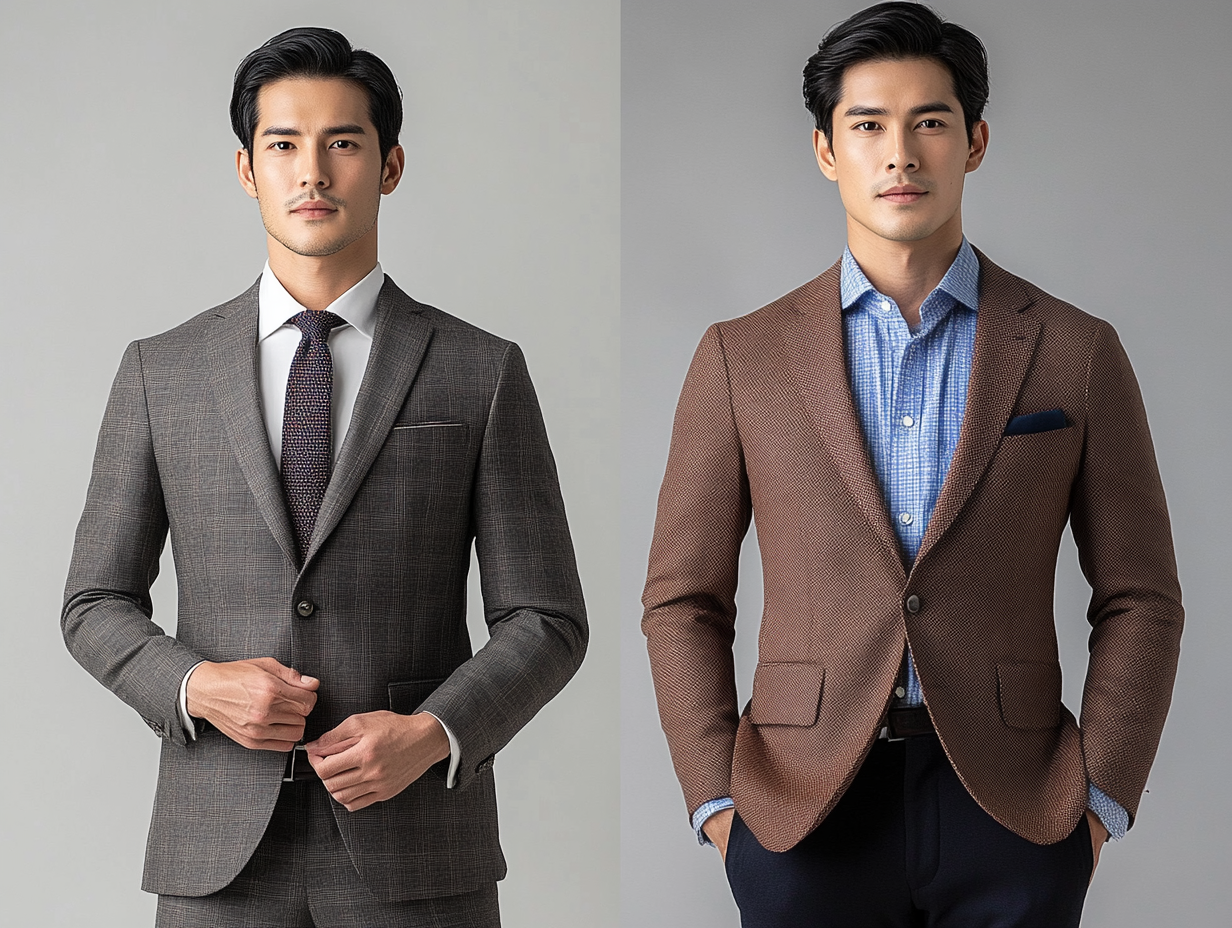












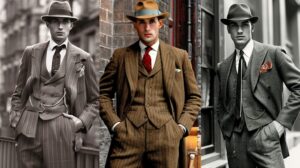
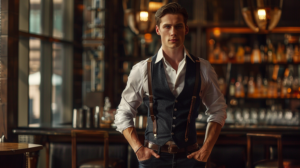
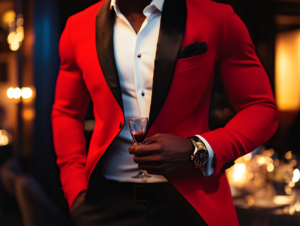
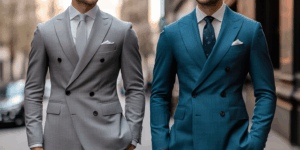
What do you think?
It is nice to know your opinion. Leave a comment.